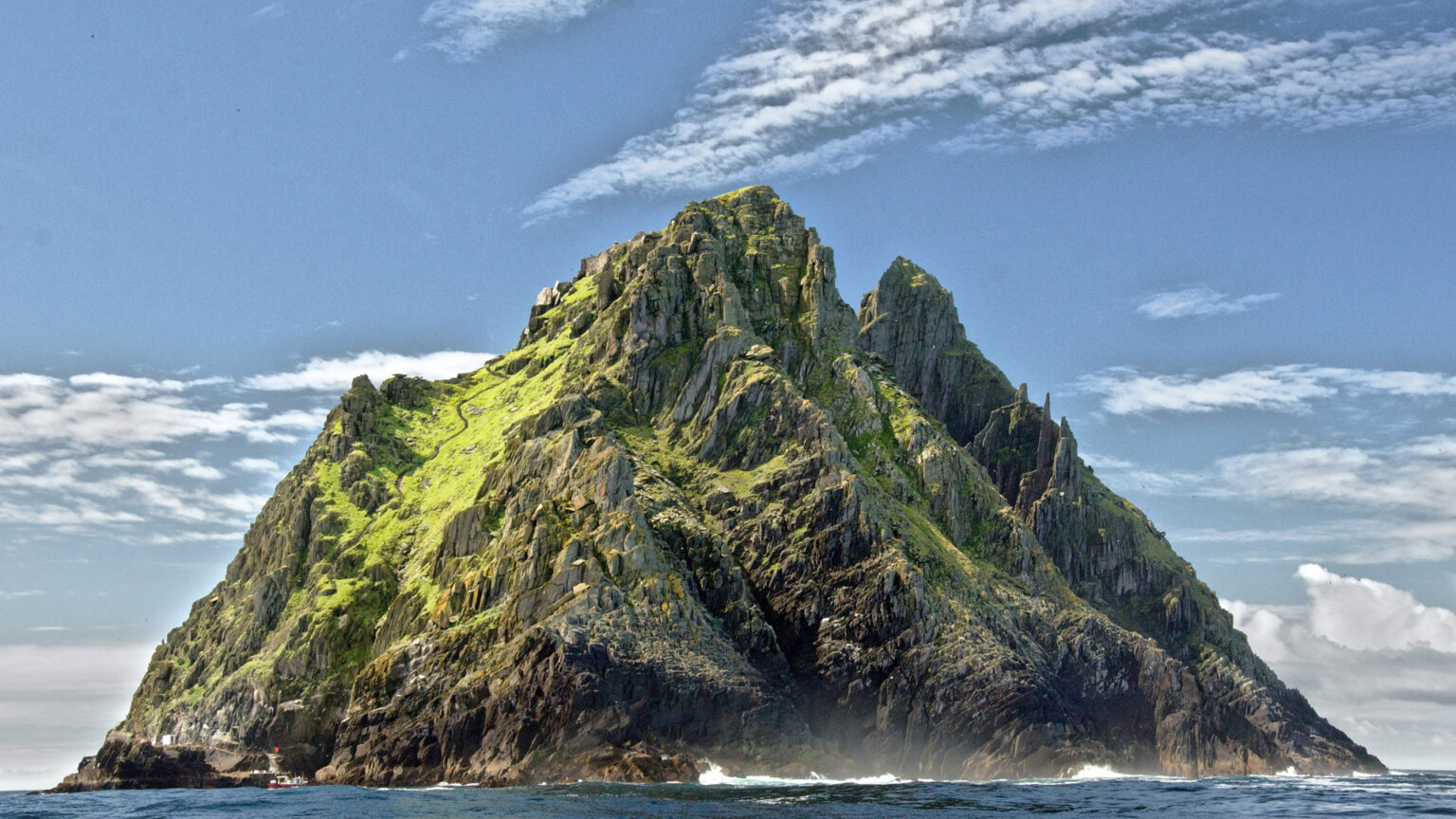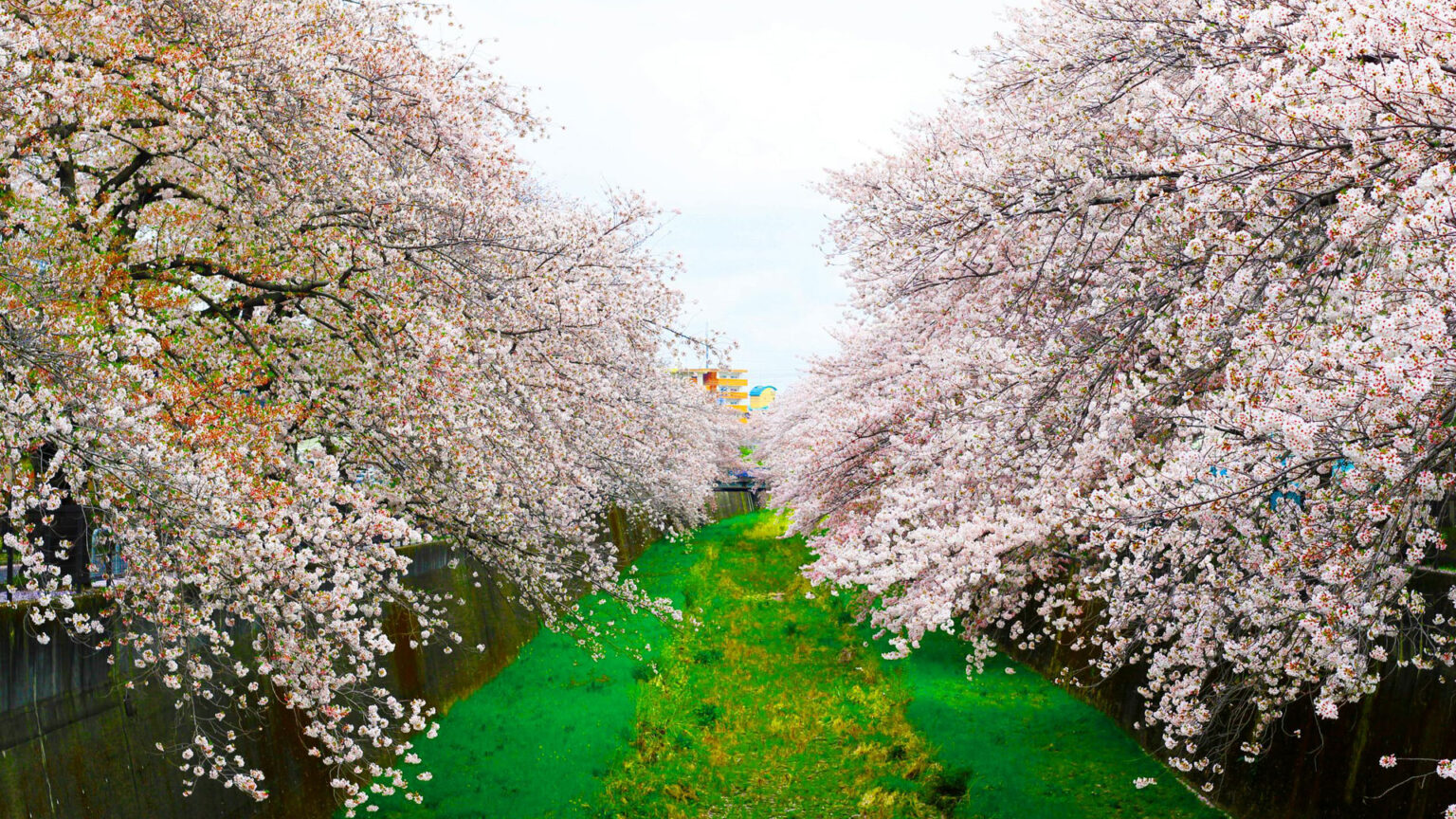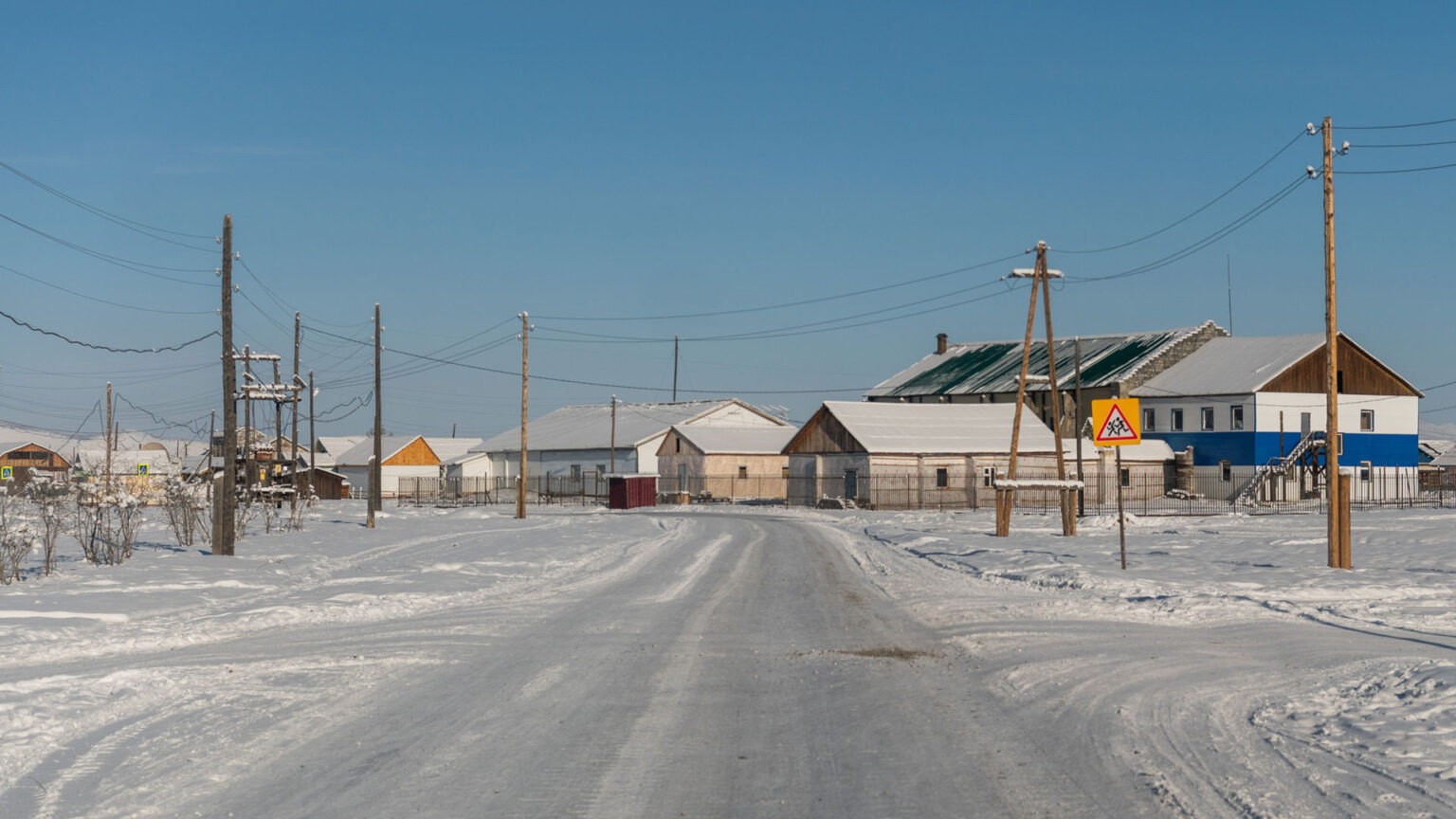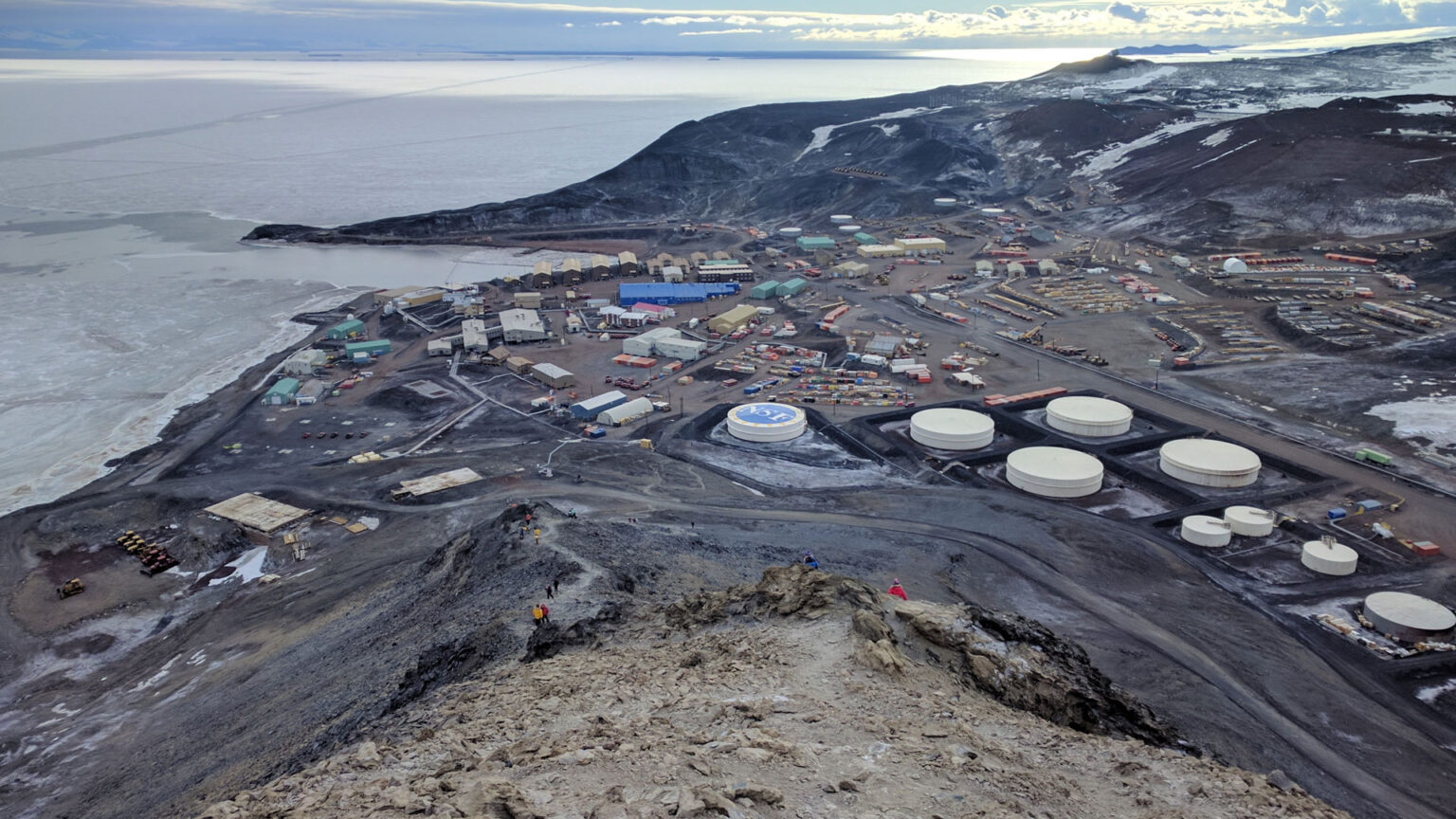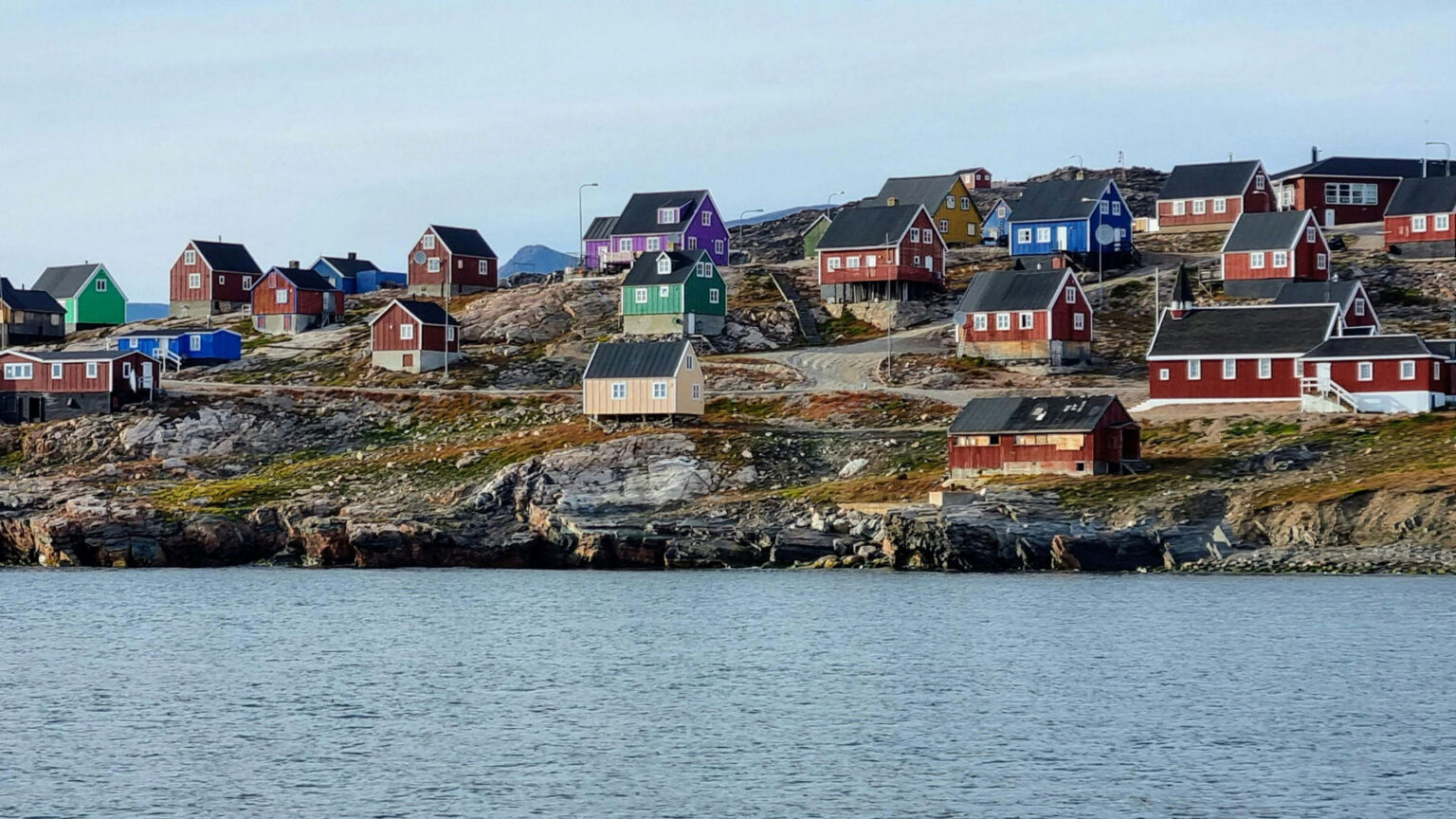Unveiling Clipperton Island: The Pacific’s Hidden Gem
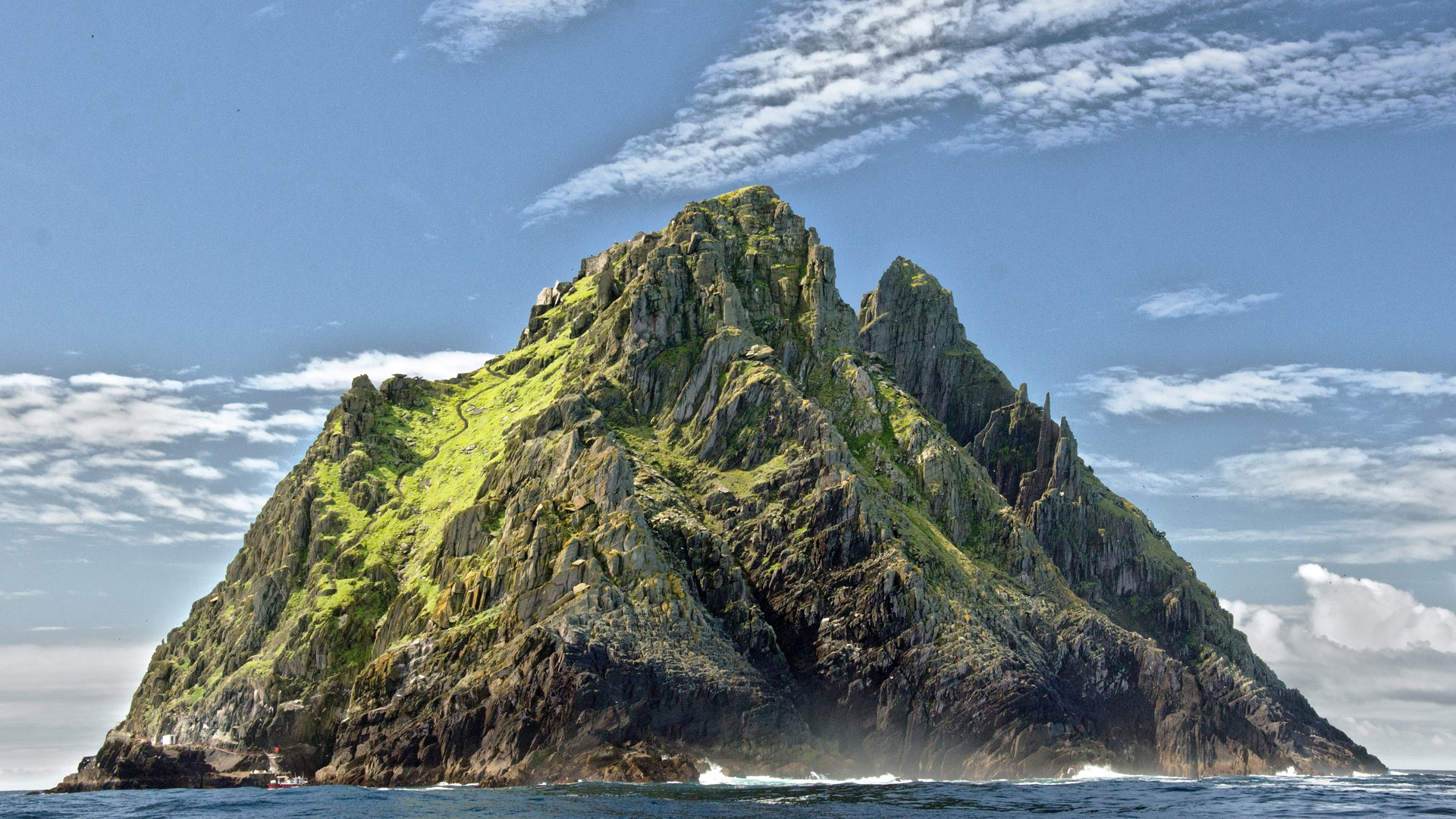
Located in the heart of the Pacific Ocean, Clipperton Island remains a mysterious and intriguing destination, shrouded in secrecy and captivating the imagination of scientists, explorers, and adventurers alike. This remote atoll, situated over 650 miles southwest of Mexico, lies at the intersection of the Eastern Pacific’s vast expanse and the converging currents of the North and South Equatorial currents. Clipperton Island’s unique geography and isolated location make it an ideal laboratory for scientists studying coral reefs, marine life, and the effects of climate change.
The island’s pristine waters and untouched ecosystems provide a rare glimpse into the Pacific’s natural state, untouched by human development and offering insights into the region’s ecological history. Clipperton Island’s coral reefs, considered among the healthiest in the Pacific, support an incredible array of marine life, including sea turtles, tropical fish, and colorful coral species. This biodiversity hotspot is crucial for maintaining the delicate balance of oceanic ecosystems and understanding the complex relationships between species.
Exploring remote islands like Clipperton is crucial for several reasons. Firstly, biodiversity conservation is paramount, as islands like Clipperton harbor unique and endemic species found nowhere else on Earth. These species have adapted to the island’s specific conditions, providing valuable insights into evolutionary processes. Secondly, climate change research benefits greatly from studying Clipperton’s coral reefs and marine life, helping scientists understand the impacts of rising sea temperatures, ocean acidification, and changing ocean currents.
Clipperton Island’s historical significance is equally fascinating, with a past marked by colonialism, piracy, and scientific discovery. The island’s strategic location made it an attractive stopover for explorers, whalers, and traders, leaving behind a rich cultural heritage. Today, researchers can study the island’s archaeological sites, abandoned lighthouses, and historical artifacts to gain a deeper understanding of the Pacific’s complex history.
Lastly, ecological balance is maintained through the preservation of remote islands like Clipperton. These islands act as sentinels for oceanic health, monitoring the impacts of human activities on marine ecosystems. By studying Clipperton Island, scientists can better comprehend the interconnectedness of oceanic systems and develop effective conservation strategies.
The Turbulent Past of Clipperton Island
Clipperton Island’s history is a fascinating tale of discovery, colonization, and abandonment, spanning centuries and involving various nations. This remote atoll has been a witness to the rise and fall of empires, the exploits of pirates and explorers, and the struggles of scientists and settlers. The island’s strategic location in the Pacific made it a prized possession, with multiple countries vying for control.
Discovery and Colonization (1705-1850s)
Clipperton Island was first discovered by French explorer Michel de Clipperton in 1705, during a voyage commissioned by the British East India Company. De Clipperton’s expedition aimed to find new trade routes and establish alliances with Pacific Island nations. The island’s discovery sparked interest among European powers, and it soon became a hub for whalers, traders, and missionaries.
In the early 19th century, Clipperton Island became a critical stopover for ships traveling between Asia and the Americas. The island’s resources, including guano (a valuable fertilizer), tortoise shells, and seafood, were exploited by various nations. The United States, Mexico, and France vied for control, leading to a complex web of territorial claims and disputes.
The Mexican-American War (1846-1848) further complicated Clipperton Island’s status. The Treaty of Guadalupe Hidalgo, which ended the war, did not explicitly mention the island, leaving its ownership uncertain. This ambiguity led to a series of diplomatic disputes and claims by various nations.
The Abandoned Lighthouse (1906-1945)
In 1906, the Mexican government built a lighthouse on Clipperton Island to facilitate navigation and assert sovereignty. The lighthouse stood 110 feet tall, making it a beacon for ships and a symbol of Mexican presence. The lighthouse’s construction was a significant undertaking, requiring the transportation of materials and laborers to the remote island.
However, the lighthouse’s significance extended beyond its practical purpose. It represented the island’s strategic importance and the rivalry between nations. During World War II, the lighthouse was abandoned, and the island was left to nature. The lighthouse’s abandonment marked the end of human habitation on Clipperton Island.
Historical Events and Milestones
- 1705: Michel de Clipperton discovers the island.
- 1800s: Whalers and traders frequent the island.
- 1850s: France and Mexico dispute territorial claims.
- 1906: Mexico builds the lighthouse.
- 1945: The lighthouse is abandoned.
- 1950s-1960s: Scientific expeditions explore the island.
- 1997: Clipperton Island is declared a protected area by Mexico.
Archaeological Legacy
Today, Clipperton Island’s abandoned lighthouse and historical artifacts serve as a testament to its complex past. Archaeologists have uncovered evidence of ancient settlements, colonial-era buildings, and military installations. The island’s archaeological sites provide valuable insights into the lives of its former inhabitants and the impact of human activity on the environment.
Preservation Efforts
In recent years, efforts have been made to preserve Clipperton Island’s historical sites and protect its unique ecosystem. The Mexican government has established a protected area, and international organizations have launched initiatives to conserve the island’s biodiversity.
Clipperton Island’s Thriving Ecosystem
Clipperton Island, despite its remote location, harbors an astonishing array of unique species and ecosystems. The island’s isolation has allowed its wildlife to evolve independently, making it a fascinating destination for scientists and conservationists. This Pacific atoll is home to a diverse range of flora and fauna, including tropical vegetation, coral reefs, and an array of marine life.
Unique Species
Clipperton Island is home to several endemic species found nowhere else on Earth:
- Clipperton Island tortoise: A subspecies of the Galapagos giant tortoise, this gentle giant can live up to 100 years in the wild.
- Clipperton Island booby: A seabird species with distinctive blue feet, this bird is known for its unique mating rituals.
- Clipperton Island crab: A rare, brightly colored crab species, this crustacean plays a vital role in the island’s ecosystem.
Other unique species include:
- Clipperton Island iguana
- Clipperton Island lizard
- Clipperton Island butterfly
Conservation Efforts
To protect Clipperton Island’s unique biodiversity, conservation efforts are underway:
- Mexican government protection: The island was declared a protected area in 1997, ensuring the preservation of its natural resources.
- International collaborations: Organizations like the World Wildlife Fund (WWF) and the International Union for Conservation of Nature (IUCN) support conservation initiatives.
- Research expeditions: Scientists study the island’s ecosystems to inform conservation strategies and develop effective management plans.
Some notable conservation successes include:
- The eradication of invasive rat populations
- The establishment of marine protected areas
- The development of sustainable fishing practices
Coral Reefs and Marine Life
Clipperton Island’s coral reefs are among the healthiest in the Pacific:
- Coral diversity: Over 100 coral species have been identified, including rare and endangered species.
- Sea turtles: Green sea turtles, hawksbill sea turtles, and leatherback sea turtles nest on the island’s beaches.
- Fish populations: The reefs support an incredible array of fish species, including parrotfish, butterflyfish, and angelfish.
Other marine life includes:
- Dolphins
- Whales
- Sharks
- Rays
Island Ecosystems and Climate
Clipperton Island’s ecosystems are intricately linked to its climate:
- Tropical savanna: The island’s vegetation is characterized by tropical grasses and shrubs.
- Freshwater lens: A thin layer of freshwater beneath the island’s surface supports plant life.
- Climate change impacts: Rising sea levels, increased storm frequency, and ocean acidification threaten the island’s ecosystems.
The island’s climate is characterized by:
- High temperatures (average 28°C/82°F)
- High humidity (average 80%)
- Seasonal rainfall
Threats and Challenges
Despite conservation efforts, Clipperton Island faces significant threats:
- Invasive species: Rats, cats, and other introduced species harm native wildlife.
- Overfishing: Unregulated fishing practices deplete fish populations.
- Climate change: Rising sea levels and increased storm frequency erode the island’s shores.
Clipperton Island’s Thriving Ecosystem
Clipperton Island, despite its remote location, harbors an astonishing array of unique species and ecosystems. The island’s isolation has allowed its wildlife to evolve independently, making it a fascinating destination for scientists and conservationists. This Pacific atoll is home to a diverse range of flora and fauna, including tropical vegetation, coral reefs, and an array of marine life. The island’s unique geology, shaped by volcanic activity and erosion, has created a complex network of habitats that support an incredible array of species.
Unique Species
Clipperton Island is home to several endemic species found nowhere else on Earth:
- Clipperton Island tortoise: A subspecies of the Galapagos giant tortoise, this gentle giant can live up to 100 years in the wild. The tortoise’s shell reaches up to 4 feet in length, and it weighs up to 900 pounds.
- Clipperton Island booby: A seabird species with distinctive blue feet, this bird is known for its unique mating rituals. The booby’s brightly colored feet play a crucial role in attracting mates.
- Clipperton Island crab: A rare, brightly colored crab species, this crustacean plays a vital role in the island’s ecosystem.
Other unique species include:
- Clipperton Island iguana: A large, herbivorous lizard
- Clipperton Island lizard: A small, insectivorous lizard
- Clipperton Island butterfly: A rare, endemic butterfly species
Conservation Efforts
To protect Clipperton Island’s unique biodiversity, conservation efforts are underway:
- Mexican government protection: The island was declared a protected area in 1997, ensuring the preservation of its natural resources.
- International collaborations: Organizations like the World Wildlife Fund (WWF) and the International Union for Conservation of Nature (IUCN) support conservation initiatives.
- Research expeditions: Scientists study the island’s ecosystems to inform conservation strategies and develop effective management plans.
Some notable conservation successes include:
- The eradication of invasive rat populations
- The establishment of marine protected areas
- The development of sustainable fishing practices
Coral Reefs and Marine Life
Clipperton Island’s coral reefs are among the healthiest in the Pacific:
- Coral diversity: Over 100 coral species have been identified, including rare and endangered species.
- Sea turtles: Green sea turtles, hawksbill sea turtles, and leatherback sea turtles nest on the island’s beaches.
- Fish populations: The reefs support an incredible array of fish species, including parrotfish, butterflyfish, and angelfish.
Other marine life includes:
- Dolphins
- Whales
- Sharks
- Rays
Island Ecosystems and Climate
Clipperton Island’s ecosystems are intricately linked to its climate:
- Tropical savanna: The island’s vegetation is characterized by tropical grasses and shrubs.
- Freshwater lens: A thin layer of freshwater beneath the island’s surface supports plant life.
- Climate change impacts: Rising sea levels, increased storm frequency, and ocean acidification threaten the island’s ecosystems.
The island’s climate is characterized by:
- High temperatures (average 28°C/82°F)
- High humidity (average 80%)
- Seasonal rainfall
Threats and Challenges
Despite conservation efforts, Clipperton Island faces significant threats:
- Invasive species: Rats, cats, and other introduced species harm native wildlife.
- Overfishing: Unregulated fishing practices deplete fish populations.
- Climate change: Rising sea levels and increased storm frequency erode the island’s shores
Exploring Clipperton Island: A Traveler’s Guide
Clipperton Island, a hidden gem in the Pacific, offers an unparalleled adventure experience. This remote atoll, with its pristine waters, coral reefs, and unique wildlife, is a paradise for explorers, scientists, and nature enthusiasts. Located over 650 miles southwest of Mexico, Clipperton Island is a challenging yet rewarding destination.
Travel Guides and Tips
- Getting There: Clipperton Island is accessible by boat or plane. Join an organized expedition or charter a private vessel. The nearest airport is in Mexico City, followed by a domestic flight to the coastal town of Tapachula.
- Best Time to Visit: October to May, avoiding hurricane season. The dry season offers clearer waters and better diving conditions.
- Accommodation: Camping or live-aboard boats. Choose eco-friendly options to minimize your impact.
- Permits: Obtain necessary permits from Mexican authorities. Ensure you comply with conservation regulations.
Island Activities
- Snorkeling and Diving: Explore coral reefs, sea turtles, and diverse marine life. Discover the island’s vibrant coral gardens and swim with tropical fish.
- Wildlife Watching: Spot endemic species, including tortoises, boobies, and crabs. Learn about the island’s unique ecosystems.
- Fishing: Participate in sustainable fishing practices. Catch a glimpse of the island’s marine life.
- Hiking: Discover island vegetation and scenic viewpoints. Explore the island’s volcanic landscape.
Safety Precautions and Regulations
- Respect Wildlife: Maintain distance, avoid feeding or touching. Never disturb nesting sea turtles.
- Marine Protection: No touching or standing on coral reefs. Avoid damaging marine habitats.
- Conservation Areas: Restricted access to sensitive ecosystems. Follow guidelines.
- Emergency Preparedness: Bring necessary safety gear and communication devices.
Responsible Tourism
- Minimize Footprint: Leave nothing behind but bubbles. Take all trash with you.
- Support Local Conservation: Donate to reputable organizations. Contribute to conservation efforts.
- Respect Island Culture: Learn about Clipperton’s history and significance.
Health and Safety Considerations
- Vaccinations: Consult your doctor before traveling. Ensure you’re up-to-date.
- Medical Supplies: Bring essential medications and equipment.
- Emergency Evacuation: Plan for potential emergencies.
Clipperton Island Expeditions
Join reputable tour operators or research expeditions:
- Scientific Expeditions: Participate in research projects. Contribute to conservation efforts.
- Adventure Tours: Explore the island’s hidden coves and reefs.
- Photography Expeditions: Capture the island’s breathtaking beauty.
Conclusion: Unveiling Clipperton Island’s Hidden Treasures
Clipperton Island, a remote Pacific atoll, holds a wealth of significance for scientists, conservationists, and adventurers alike. This hidden gem boasts:
- Unique biodiversity, with endemic species found nowhere else on Earth.
- Pristine coral reefs, supporting an incredible array of marine life.
- A complex geological history, shaped by volcanic activity and erosion.
- A rich cultural heritage, marked by colonialism, piracy, and scientific discovery.
As we conclude our journey through Clipperton Island, we emphasize the urgency of preservation and exploration.
Call to Action
- Support conservation efforts by donating to reputable organizations.
- Spread awareness about Clipperton Island’s significance and vulnerability.
- Join expeditions, research projects, or eco-tourism initiatives.
- Advocate for sustainable practices, reducing plastic use and protecting marine habitats.
The Future of Clipperton Island
Collective action can ensure Clipperton Island’s preservation for generations to come. Let us:
- Protect its unique biodiversity.
- Preserve its cultural heritage.
- Promote sustainable exploration.

